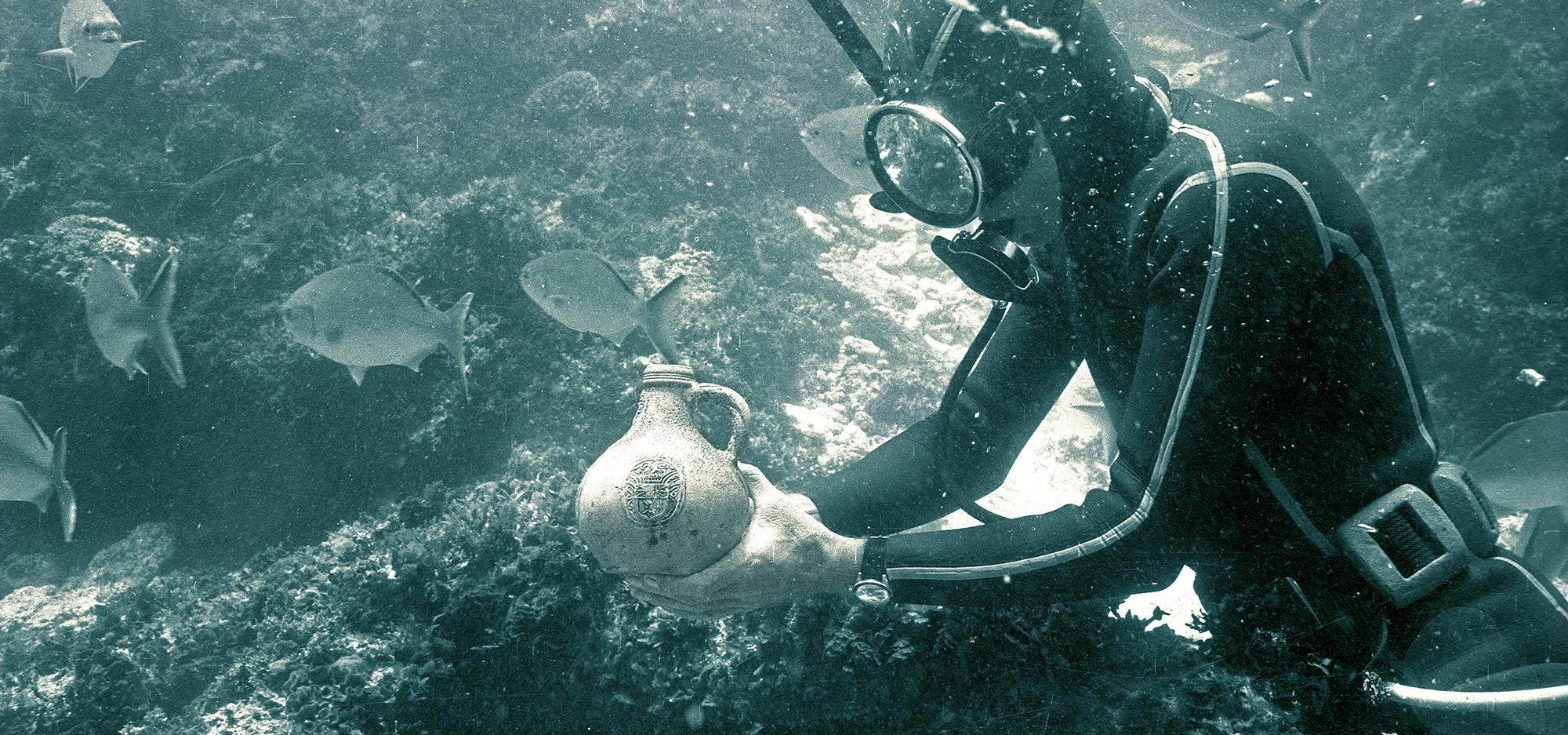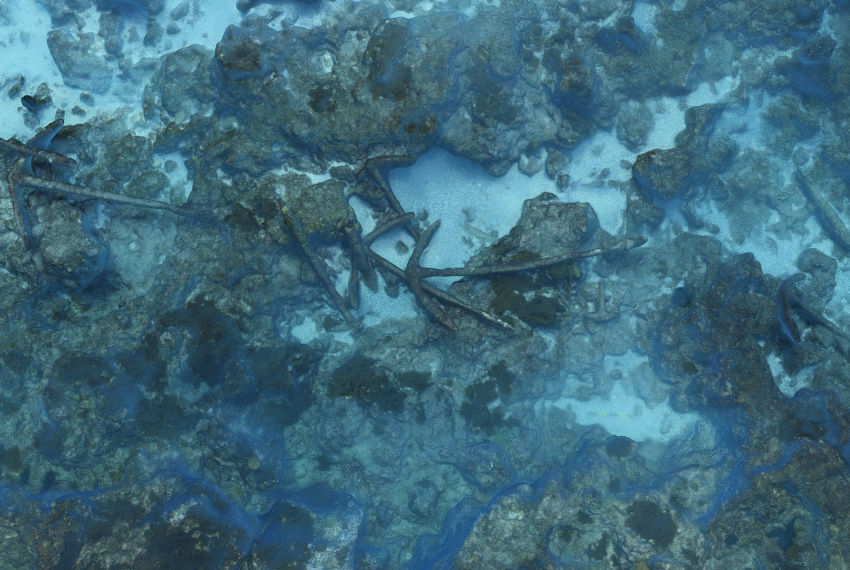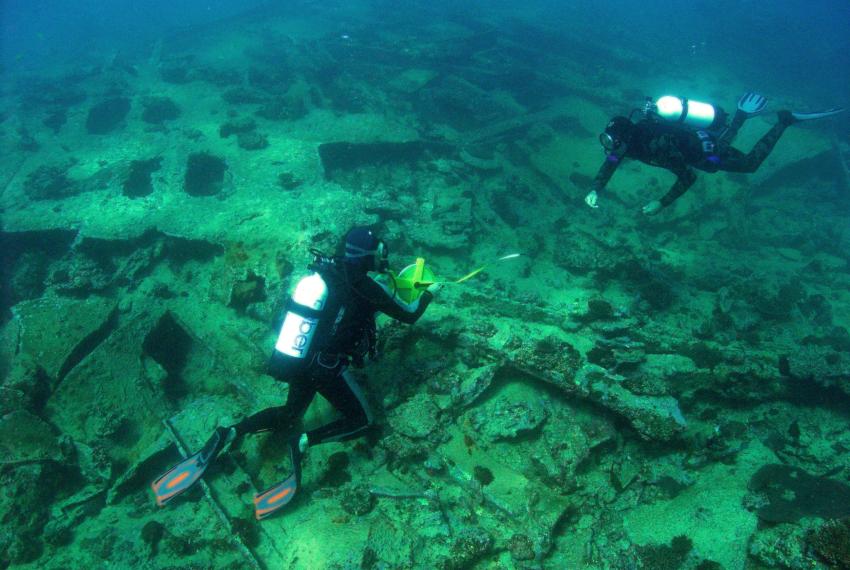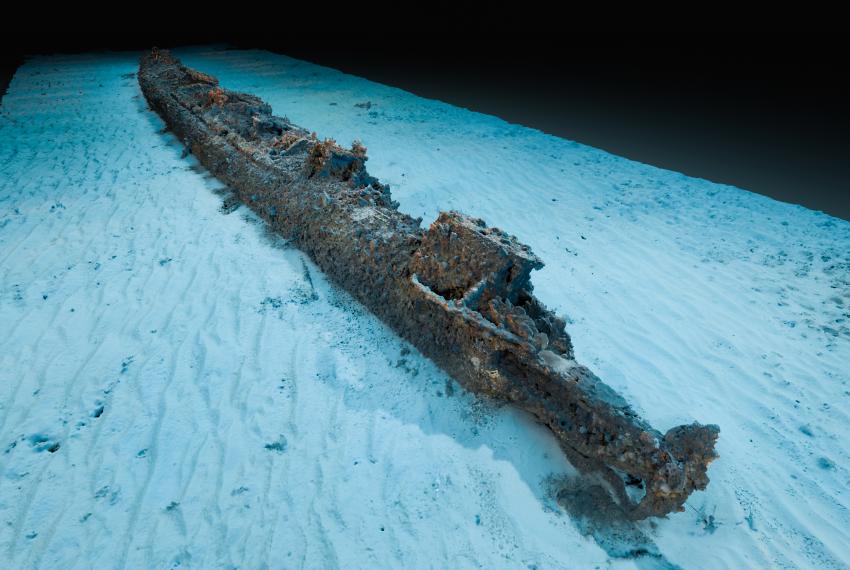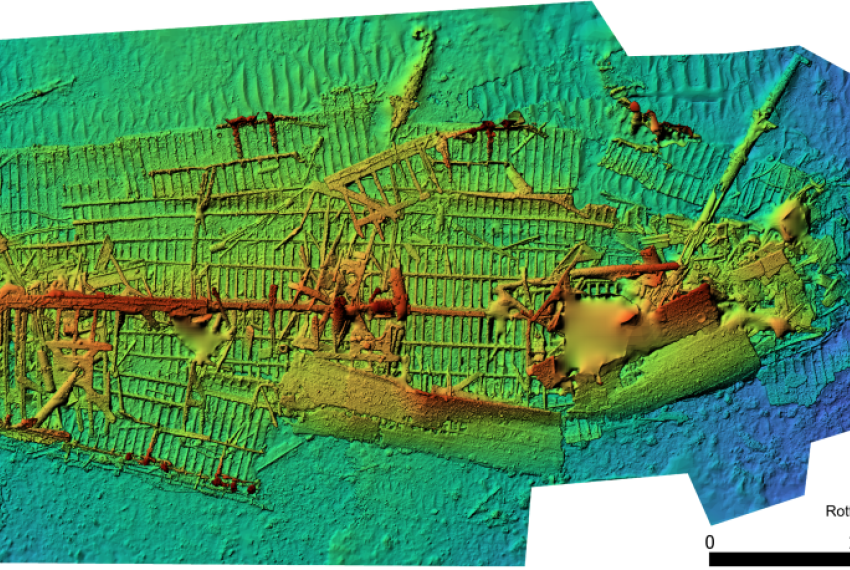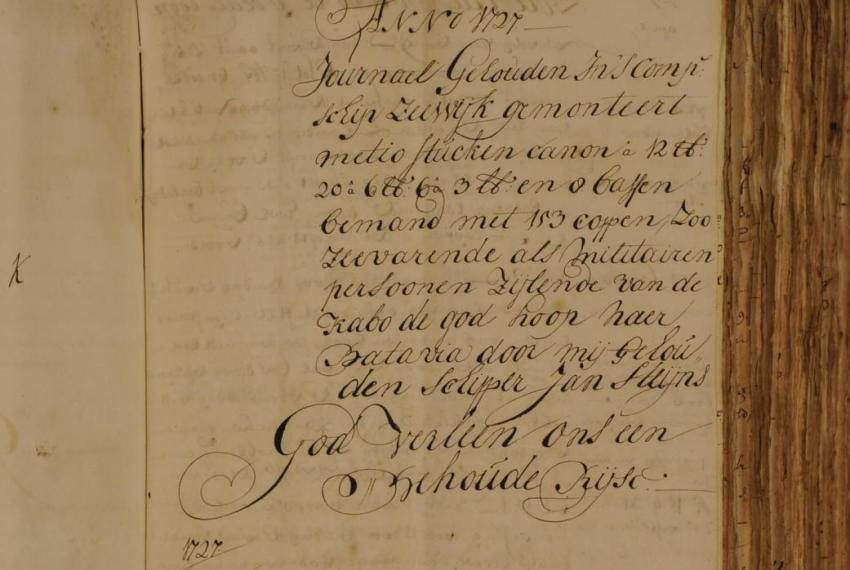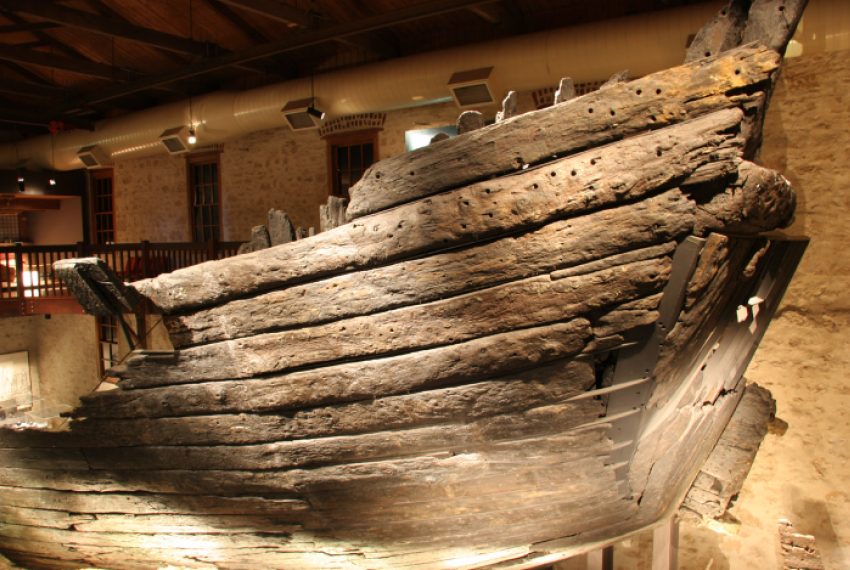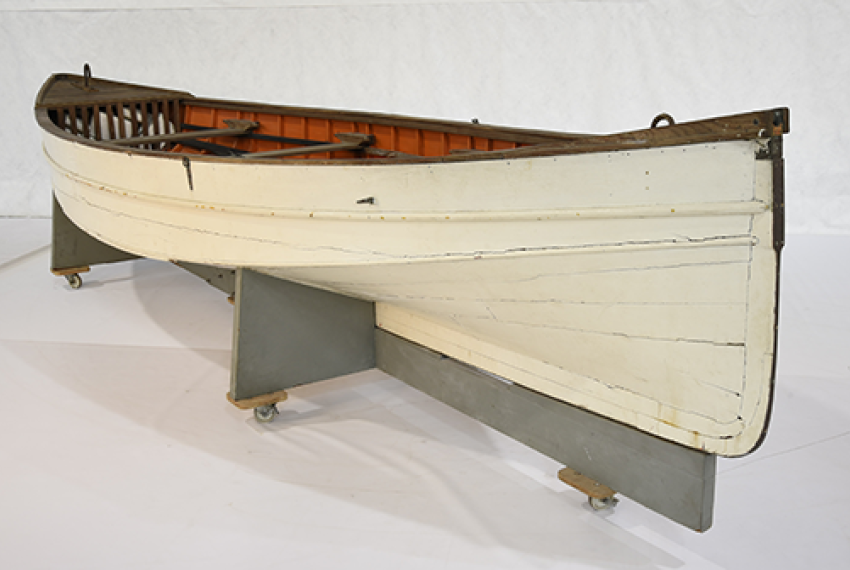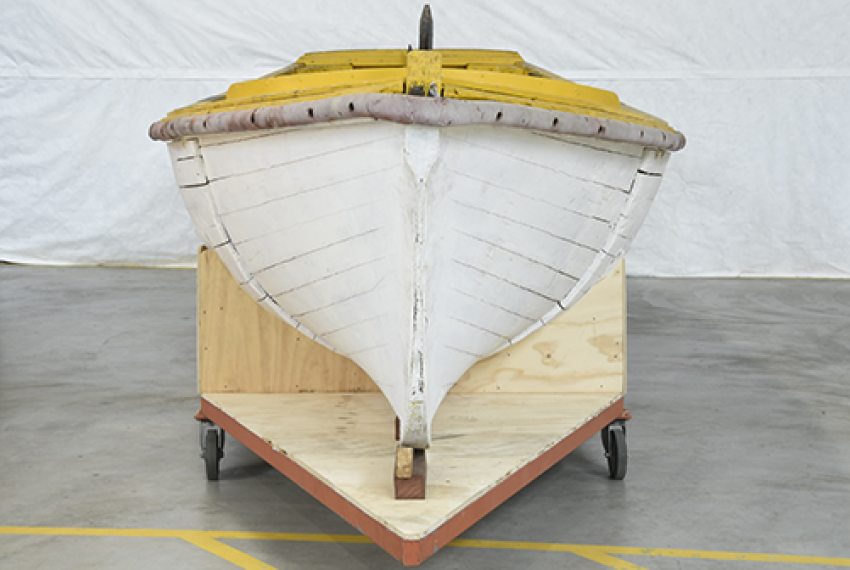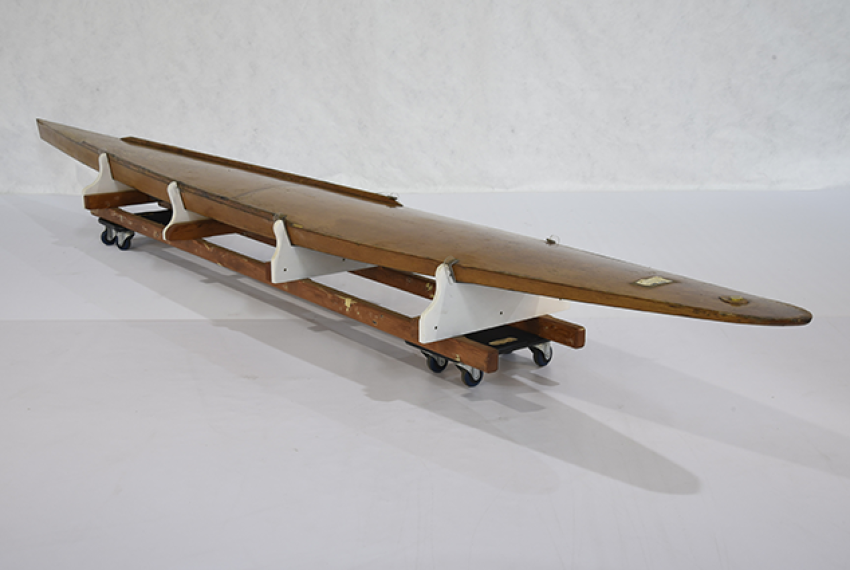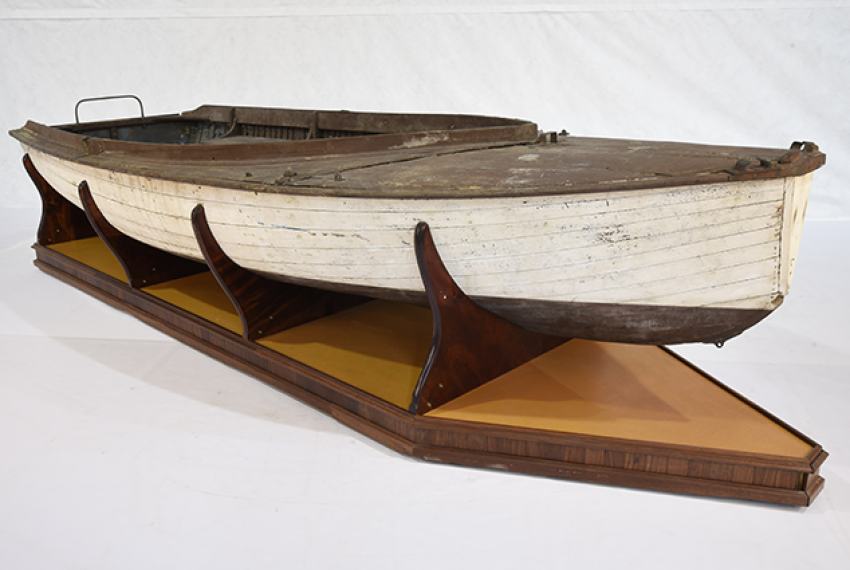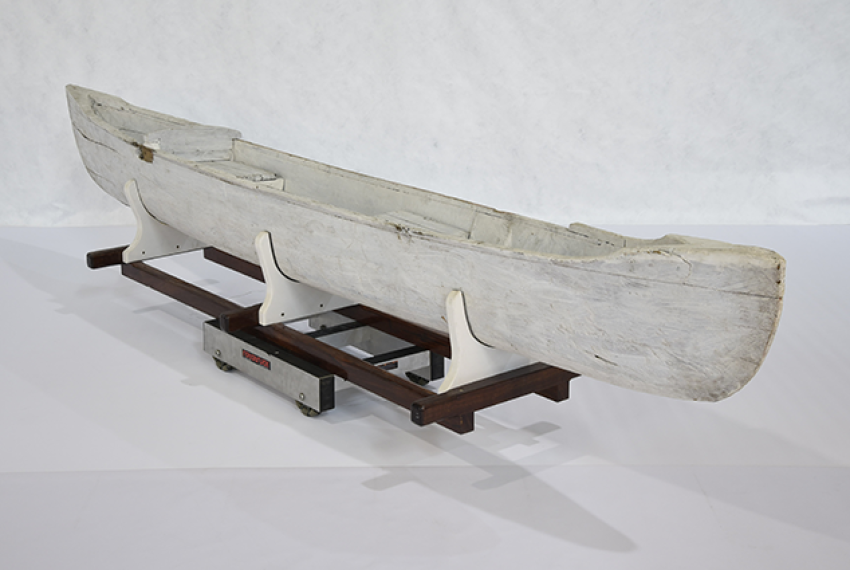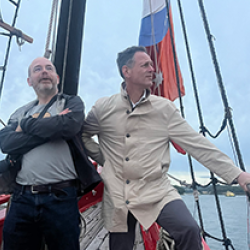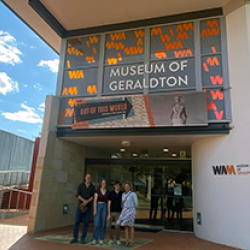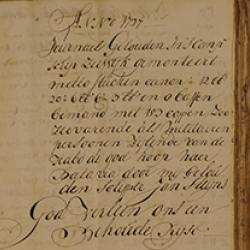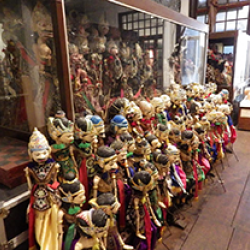The Maritime Heritage department is responsible for the management, conservation, and protection of Western Australian maritime cultural heritage sites under the Commonwealth Underwater Cultural Heritage Act 2018 and the Maritime Archaeology Act 1973 (WA) (currently being updated).
The department’s collections include both archaeological artefacts from maritime cultural heritage sites and materials/objects that tell the social and technological maritime histories of the State. These collections range from early Dutch shipwreck artefacts dating from 1629 to 1727, to the 1983 America’s Cup winning yacht, Australia II.
The collection highlights include the surviving hull timbers of Batavia and the SS Xantho engine, both reconstructed and on display at the WA Shipwrecks Museum; and HMAS Ovens – a Cold War-era submarine – and the pearling lugger, Trixen featured at the WA Maritime Museum.
The team also conducts research and maritime heritage fieldwork to contextualise Western Australia’s maritime history within the Indian Ocean and broader global networks. The findings are communicated through publications, exhibitions, documentaries, and our community outreach programmes.
